
Classic Nepal
Nature & Culture & Architecture
Nepal attracts people from every corner of the World with her very unique characters. She stands out like an elegant lady wearing the various charming appearances provided by the magical landscape from the plateau to plain, including the Himalayas from the North. She is the favored daughter of Nature, making her one of the most popular hiking and cycling destinations in Asia, or even in the World.
On the other hand, she can be a knowledgeable scholar with a wide culture due to her long and colorful history and religious background. Nepal may be a poor country in material life, but it is considered the happiest country in the World, where you can see bright smiles anytime anywhere. You may wonder why. And I think the temples there could give you a hint. The beauty of Art and the Technique of Architecture are perfectly mixed, waiting for you to find out their story.
Nature, Culture, and Architecture are just 3 aspects of Nepal, there is much more to explore and we will try to use this opportunity to bring her to you and hope you will discover how she can amaze you with your own experiences.
Sample Itinerary
Day 1
Arrive at Tribhuvan International Airport in Kathmandu, the capital of Nepal, located in the south of the Himalayas, a basin city surrounded by mountains.
Meet your program leader at the arrival hall of the airport.
Your adventure in Nepal begins with a visit to Dubar Square and a very local welcome dinner.
Day 2
The students will proceed to Nagarkot in the morning, where we will start our deep adventure in Nepal. Whoever comes here craves to catch the sight of the great Himalayan trails of Nepal. In clear weather, you can have a glimpse of eight out of thirteen Himalayan ranges from that height. We will do a short hike for about an hour here. During the hike, you can connect yourself with the locals as well as with nature. You surely fall in love with the greens once you start hiking in this region.
Day 3
Pokhara will be our next stop, Its pristine air, and spectacular backdrop of snowy peaks, blue lakes, and surrounding greenery make it ‘the jewel in the Himalayas’, a place of remarkable natural disposition. on the way there, we will enjoy a local lunch.
After we arrive, the students will go to visit a local market and buy their own food for tomorrow’s packed lunch. It will be fun to encounter some culture shock or local customs besides of Pokhara’s tranquil beauty.
Day 4
Are you ready for an adventurous outdoor day to build intimacy with Pokhara? With the magnificent Annapurna range forming the backdrop and the serenity of the Cluster of 9 Lakes with three major ones - Phewa, Rupa, and Begnas –Pokhara Valley, where many a trekker finds his Shangri-la, sits high on the list of ‘must visit’ places in Nepal.
The students will hike across the jungle, and reach the top of the mountain. You can see a white splendid pagoda, the World Peace Pagoda, famous around the world. It was built after the Nepal Inner War 1000 years ago, which was prayed for the peace of the country. You will have your own packed Lunch with a stunning view, then come down to Phewa Lake, the biggest freshwater lake in South Asia, where we will kayak back to Pokhara in the afternoon.
A solid day for you to listen to the voice of the valley, to feel the still water of the lake, and to appreciate the beauty created by Nature.
Day 5
Cycling is the best way to explore the old town of Pokhara. Located in the northeast of Pokhara, compared to the bustling new town, the old town of Pokhara still retains the old buildings of 100 years ago. The special structure of architecture has endured several earthquakes. You can have a glimpse of traditional wooden resident houses here, or a taste of the magic of Hindu temples by cycling.
Then the students need to draw their own food map of the old town in a special Scavenger Hunt by exploring the local food stands, purchasing old interesting objects, etc., and if the students come on the right day, there will be some local festival or event happening.
Day 6
Today we will proceed to Lumbini, a world cultural heritage and a holy place for Buddhists all over the world. Let’s go and explore the story there.
Lumbini means "lovely" in Sanskrit. It was originally the garden of Lumbini, the wife of King Shanjue of the ancient Heavenly Arm Kingdom. There are many historical sites related to Sakyamuni.
Sakyamuni, the founder of Buddhism, is a real historical figure. His original name was Gautama Siddartha, and he was the prince of Kapilavastu in Nepal. After he founded Buddhism, he was honored as the Buddha by later generations. His birthplace, Lumbini is now the holy place for all the Buddhists. The students will have an opportunity to visit the birthplace as well as interact with monks in the temples. Let’s hear the story after thousands of years.
Day 8
In Nepali, Chitwan means "the heart of the jungle". Royal Chitwan National Park is one of the best national parks in Asia to watch wild animals. 70% of the area is planted with tall and spectacular Borneo trees, and plenty area of grassland with the local elephant grass, which can grow up to 8 meters, and provide habitat for 450 kinds of birds, as well as Single horned rhinoceros, the Bengal tigers, reindeer, monkeys, and More than 50 mammals.
The best way to visit Chitwan National Park is by hiking. This helps the students to get close to the wild animals as well as nearby villages for their Nepalese life.
Day 10
Here comes the final day of our Nepal trip.
We hope you not only bring home all kinds of photos or souvenirs for your friends and family but also put all the precious experiences and memories into your suitcase open it and share it with more people.
For today, Free & Easy until you check out of the hotel and transfer to Tribhuvan International Airport.
Day 7
In the Lumbini Garden, in addition to the Buddhist relics which is more than 2000 years ago, there is also a temple area with different styles. These temples are built here by Buddhist organizations around the world to pay homage to Buddha. At present, China, South Korea, Japan, Vietnam, France, Germany, Sri Lanka, and other countries have built temples in Lumbini Park, each of which has its own characteristics and represents its own architectural style. They are distributed on both banks of the river along the central axis of the park.
The western area is Mahayana Buddhist temples, while the East Area is of Mahayana Buddhism The most impressive is the Thai Temple, made of white marble and has a unique shape, like a castle in a fairy tale. The students will carry out their architecture workshop in the paradise of temples of many characteristics.
Day 9
We will come back to the capital of Nepal, Kathmandu today, and have a close look at this city.
Kathmandu, as the only big city in Nepal with a history of more than 1200 years, It has witnessed the rise and decline of dynasties, the construction, destruction, and reconstruction of palaces and temples, and nurtured Nepal's art and culture.
For today, You are free to wander among the monuments in Durbar Square with local people and pigeons or explore shops to find handmade carpets and or paintings as souvenirs and try some local restaurants in the noisy Tamil District.




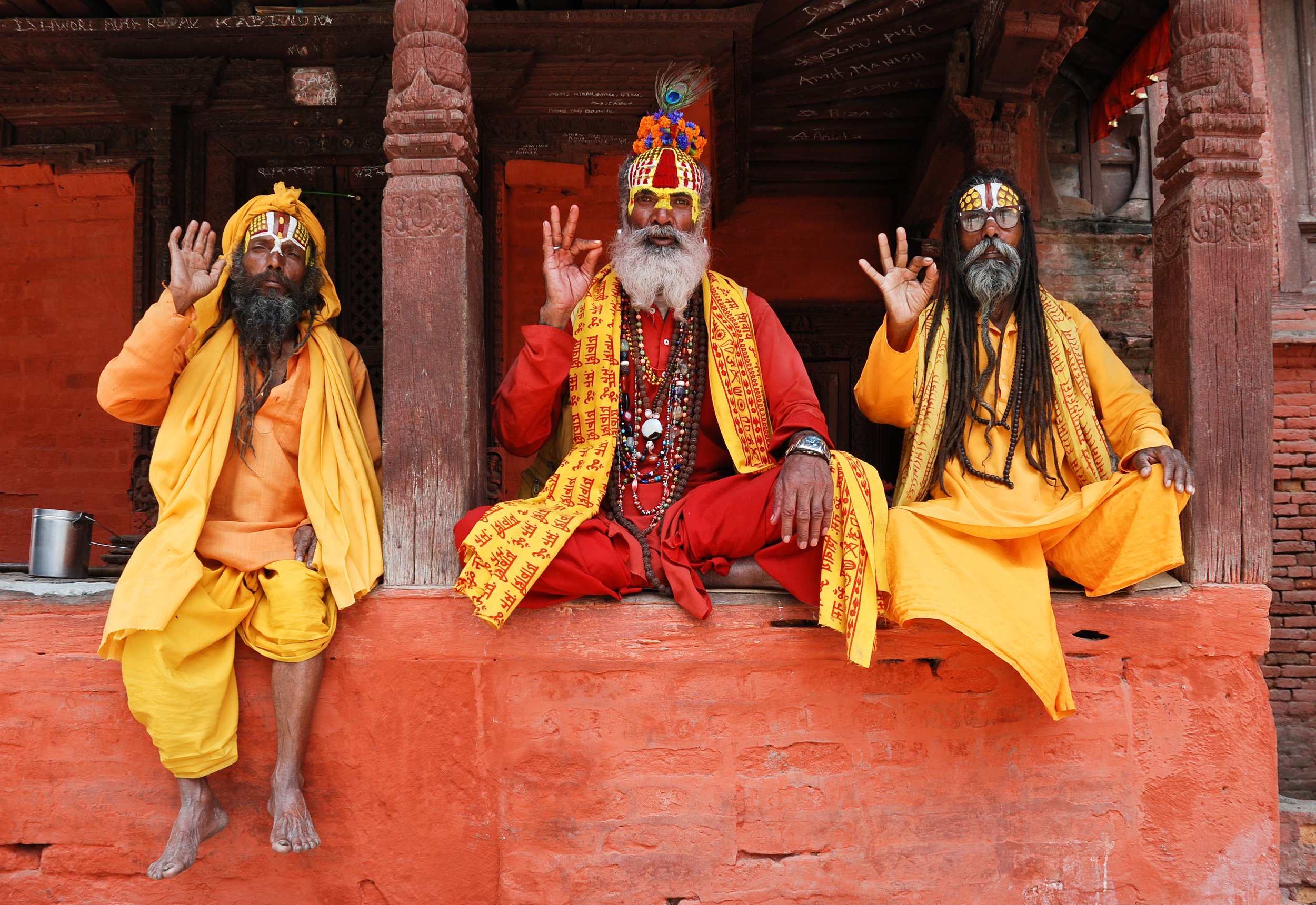
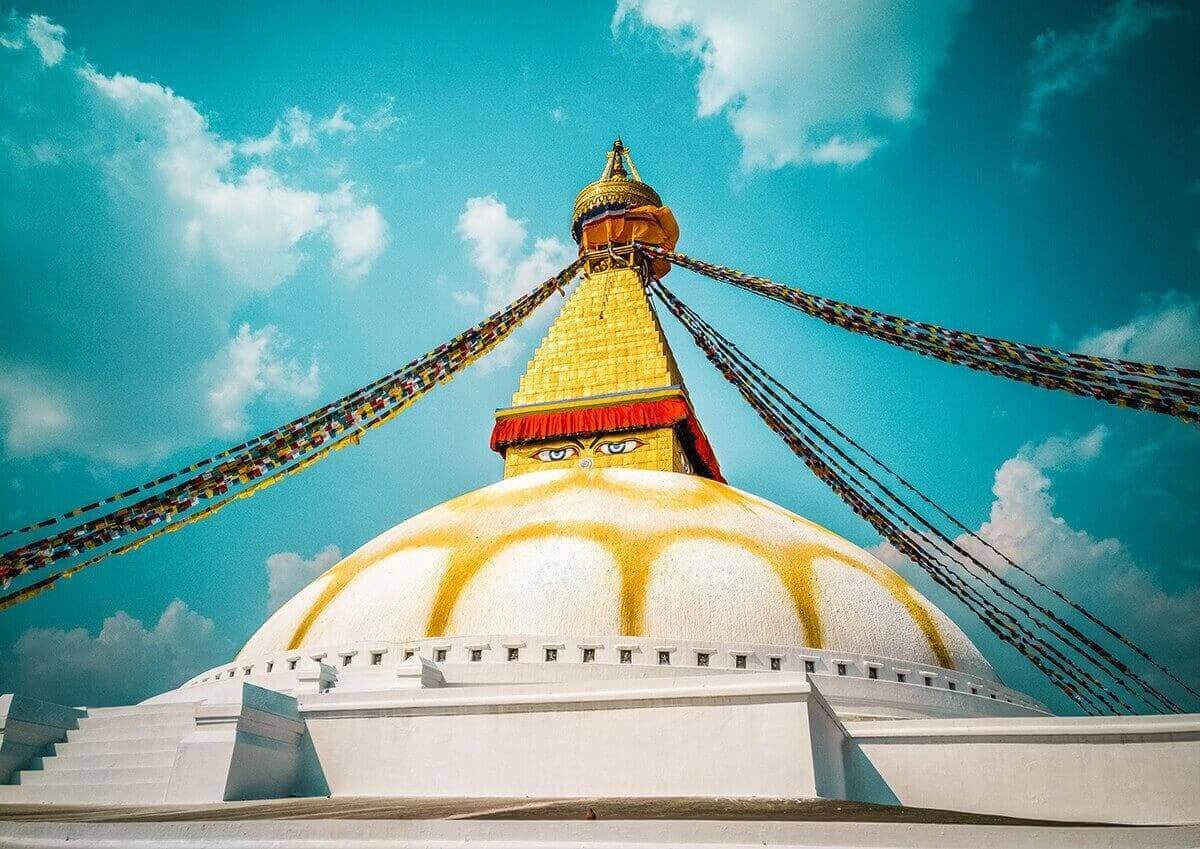
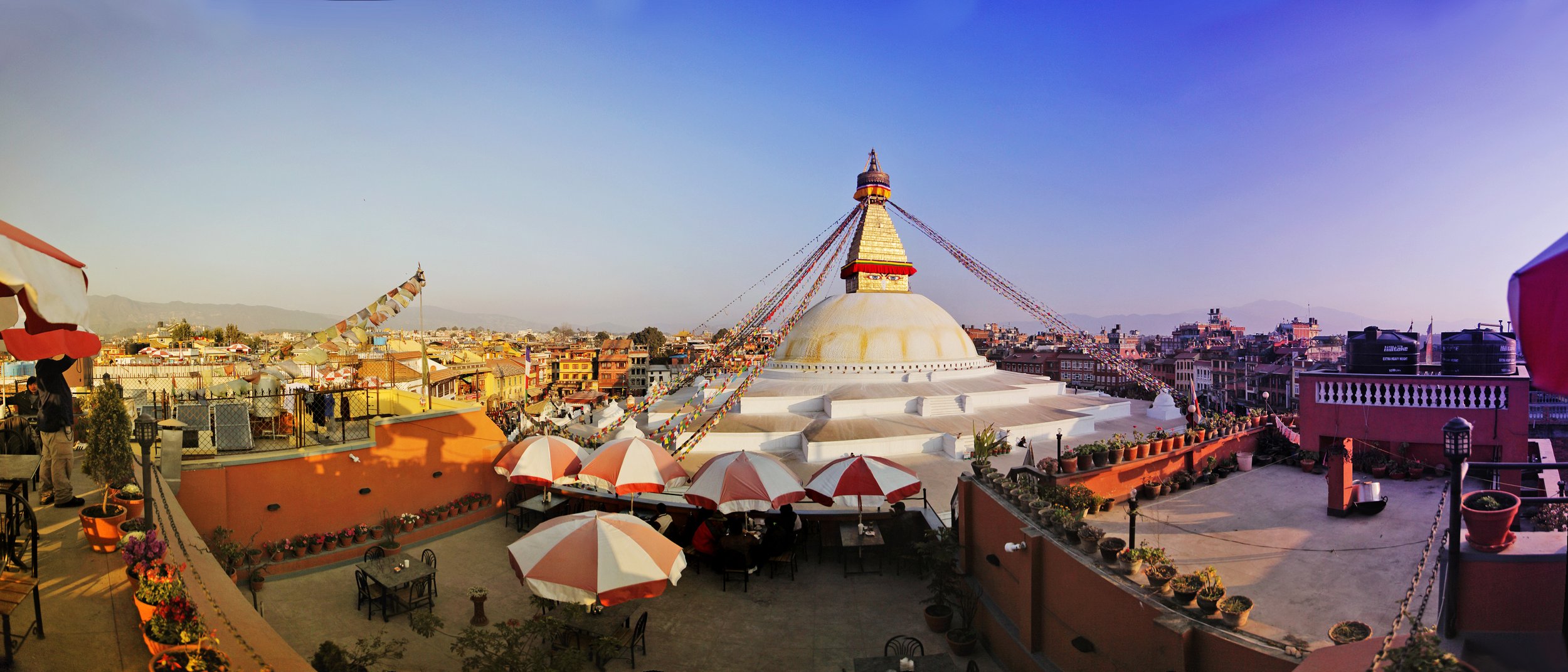
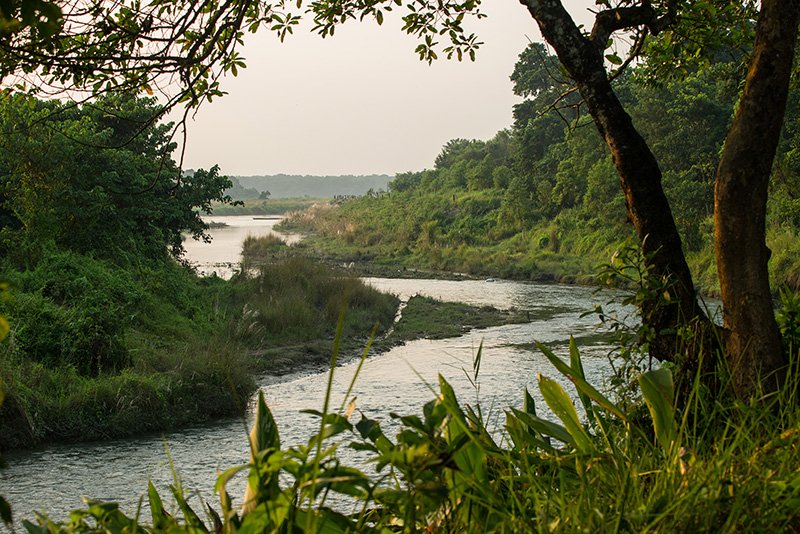

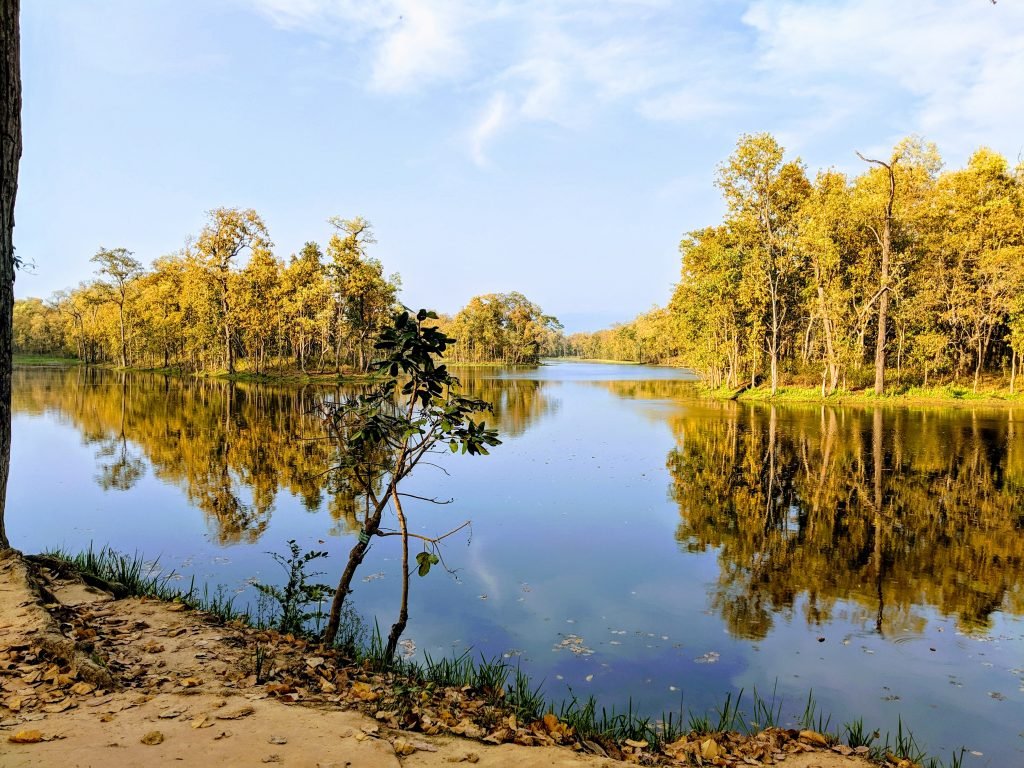
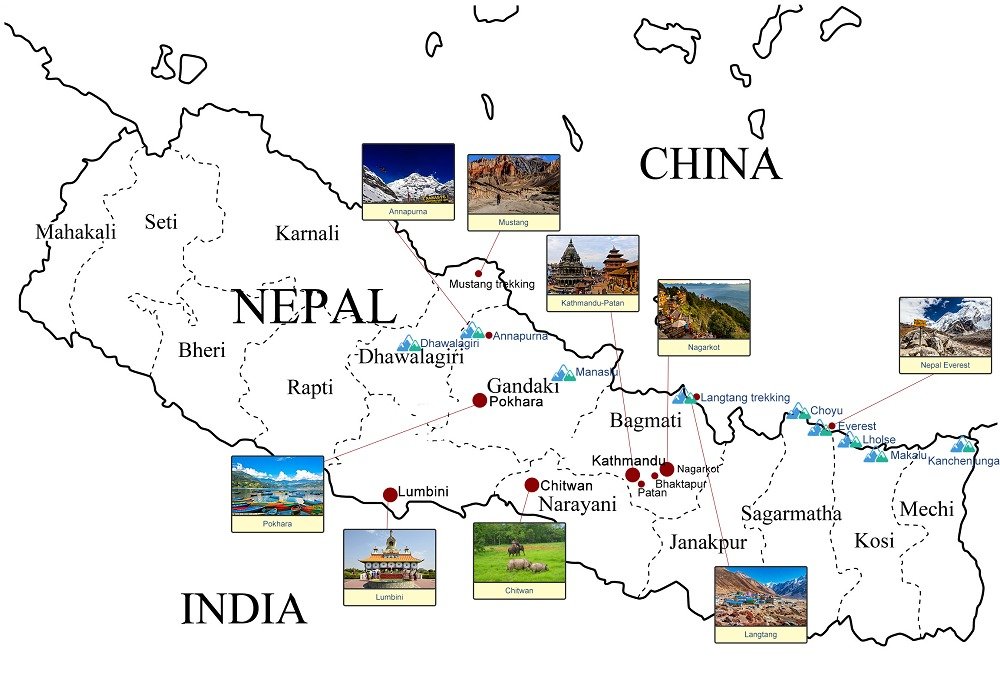
Ask us about school trips
info@beyondclassrooms.org

